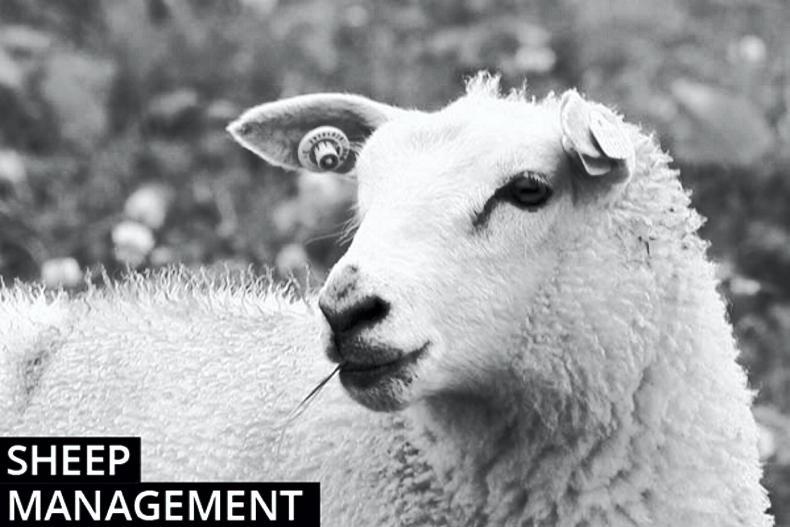A significant dip in temperatures forecast will significantly increase the risk of tetany where ewes are grazing lush pastures or are under nutritional stress. The greatest risk is where ewes with suckling lambs are transferred from bare pastures to lush swards that have a high nitrogen content or potassium level.
Animals have a poor ability to store magnesium and must ingest sufficient levels on a daily basis to prevent a deficiency. The level of magnesium absorbed from forage is depressed by a number of factors including high nitrogen fertilisation, rapidly growing swards, high potassium levels in the soil and the rapid transfer of leafy grass material through the animals system.
The disease is generally triggered when the above conditions combine with factors that put animals under stress such as a nutritional intake deficit, changes to their diet, difficult weather conditions or any other factor that unduly increases stress levels. Prevention centres on ensuring animals achieve their daily magnesium intake.
This can take the form of supplementation or reducing the rate of forage digestion through offering ewes access to high-mag lick buckets, feeding concentrates containing magnesium, administering magnesium bullets or the addition of magnesium to water. The latter is less reliable in periods of heavy rainfall while another option of dusting pasture with calcined magnesite is also less viable. Supplementation should be introduced two to three days in advance of the high-risk period.
Read more
Vet's corner: Grass tetany an emergency issue
Stay healthy this spring and summer
Sheep management: fertiliser application
A significant dip in temperatures forecast will significantly increase the risk of tetany where ewes are grazing lush pastures or are under nutritional stress. The greatest risk is where ewes with suckling lambs are transferred from bare pastures to lush swards that have a high nitrogen content or potassium level.
Animals have a poor ability to store magnesium and must ingest sufficient levels on a daily basis to prevent a deficiency. The level of magnesium absorbed from forage is depressed by a number of factors including high nitrogen fertilisation, rapidly growing swards, high potassium levels in the soil and the rapid transfer of leafy grass material through the animals system.
The disease is generally triggered when the above conditions combine with factors that put animals under stress such as a nutritional intake deficit, changes to their diet, difficult weather conditions or any other factor that unduly increases stress levels. Prevention centres on ensuring animals achieve their daily magnesium intake.
This can take the form of supplementation or reducing the rate of forage digestion through offering ewes access to high-mag lick buckets, feeding concentrates containing magnesium, administering magnesium bullets or the addition of magnesium to water. The latter is less reliable in periods of heavy rainfall while another option of dusting pasture with calcined magnesite is also less viable. Supplementation should be introduced two to three days in advance of the high-risk period.
Read more
Vet's corner: Grass tetany an emergency issue
Stay healthy this spring and summer
Sheep management: fertiliser application






 This is a subscriber-only article
This is a subscriber-only article









SHARING OPTIONS: